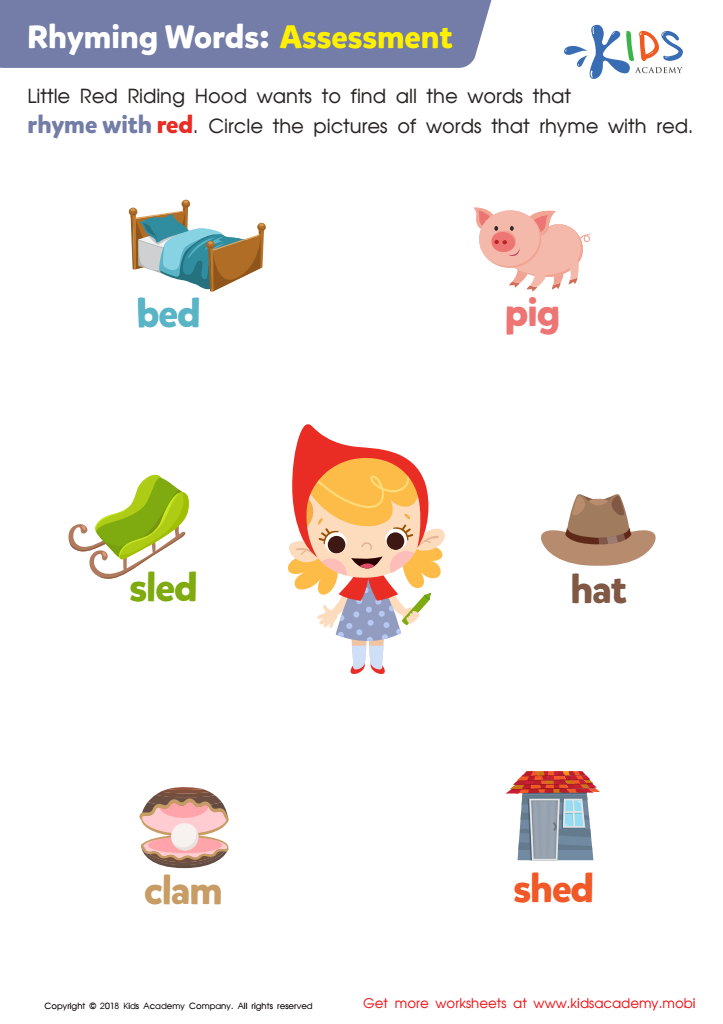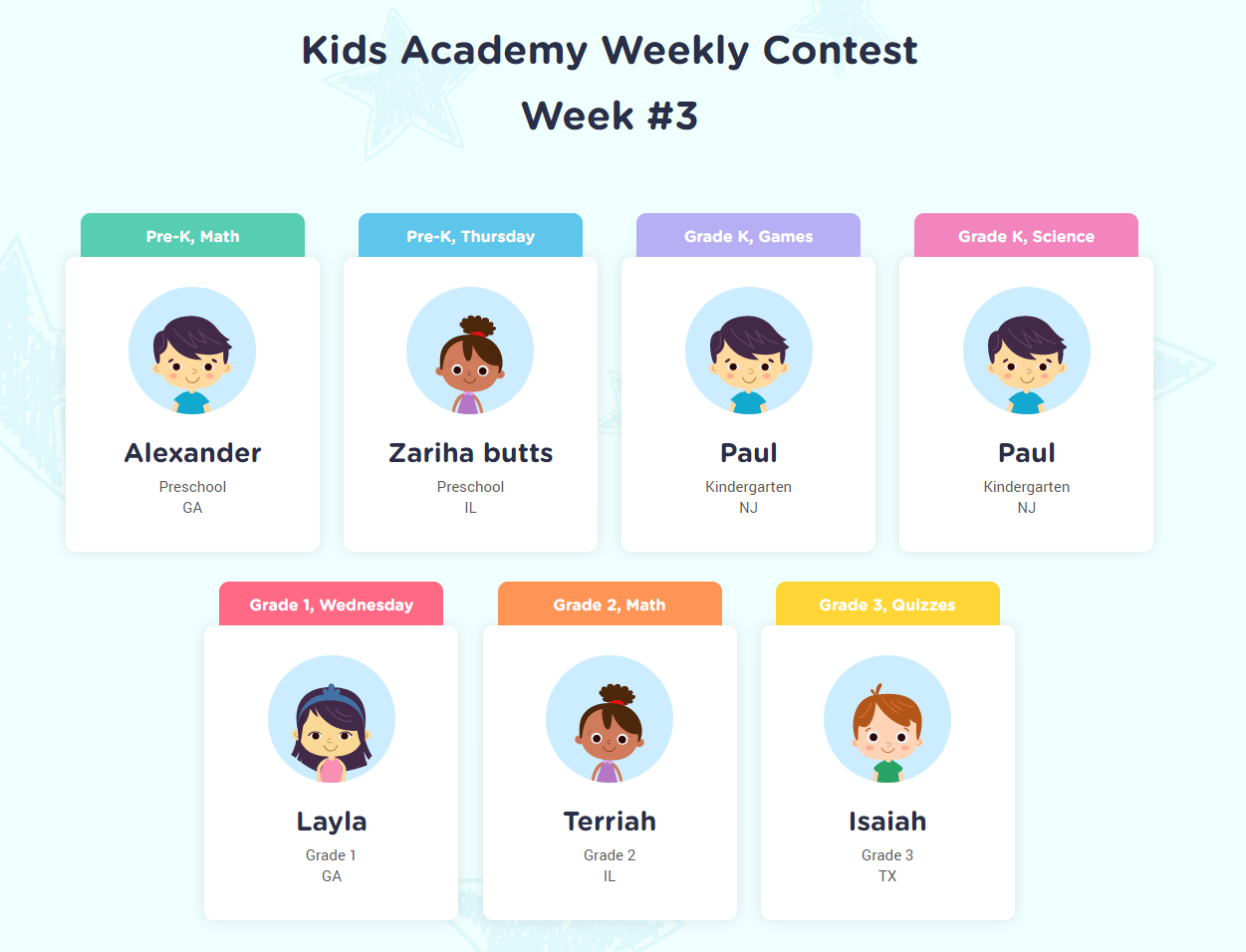Normal Rhyming Worksheets Activities With Answers
1 filtered results
-
From - To


Rhyming Words: Assessment Worksheet
Normal Rhyming Worksheets Activities With Answers offer a myriad of benefits for learners at various stages of their educational journey. These activities are not just about matching words that sound alike; they are a foundational tool that fosters a deeper understanding of language, enhances phonemic awareness, and boosts memory skills.
Firstly, rhyming is a critical stepping stone in the development of phonemic awareness—the ability to hear, identify, and manipulate individual sounds in words. By engaging in Normal Rhyming Worksheets Activities With Answers, learners are encouraged to listen closely to sounds, which is essential for reading and spelling proficiency. This heightened sensitivity to auditory elements of language helps children decode words more efficiently, a skill that is fundamental for early readers.
Moreover, these activities inherently make learning enjoyable and interactive. The playful aspect of rhyming allows children to explore language in a creative and engaging manner, making the acquisition of new vocabulary a fun experience. This not only helps in retaining attention but also in embedding new words and concepts into long-term memory.
Another significant advantage is the inclusivity of answers in these worksheets. This feature provides immediate feedback, enabling learners to self-correct and understand their mistakes in real-time. It fosters a learning environment where students are encouraged to experiment and learn at their own pace, without the fear of judgment. This autonomy in learning is vital for building confidence and independence in young learners.
Furthermore, Normal Rhyming Worksheets Activities With Answers are versatile tools that cater to a wide array of learning styles. Whether a learner prefers visual, auditory, or kinesthetic learning, rhyming activities can be adapted to suit individual needs, thereby ensuring that no child is left behind.
In conclusion, the utilization of Normal Rhyming Worksheets Activities With Answers in educational settings is invaluable. They not only lay the groundwork for essential linguistic skills but also promote a lifelong love for learning through play and exploration.
 Assign to the classroom
Assign to the classroom











